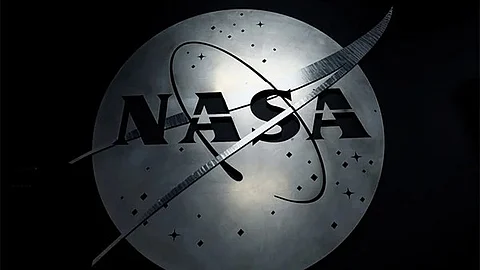

Under the Trump administration, the United States government's science initiatives face a reckoning, with NASA emerging as one of the most visible casualties.
The administration's planned budget cuts would reduce NASA's funding to levels last seen before the first human launch in 1961.
The cuts are the biggest percentage decline in a single year ever planned for the agency, raising questions about American space leadership's future.
According to a Wired report, while previous administrations refocused NASA's mission goals, scholars have underlined that the current push amounts to something entirely different: a deconstruction of the agency's scientific capabilities.
At the centre of the controversy is the possibility of cancelling 41 NASA missions, both planned and ongoing. According to NASA's internal estimates, these projects range from probes to the outer solar system to climate-monitoring satellites.
The Mars Sample Return programme, an ambitious effort to transport Martian soil and rock back to Earth for comprehensive investigation, could suffer the most. That project, decades in the making, has already produced sealed samples through the Perseverance rover, which are now at risk of being stuck eternally on Mars.
Beyond Mars, the cuts might put an end to projects like asteroid exploration, interplanetary probes, and even long-term Earth monitoring.
The budget cuts have jeopardised not only missions, but also NASA's workers. According to reports, over 4,000 employees, including over 2,000 senior leaders, are projected to leave due to voluntary buyouts, attrition, or early retirement.
The ensuing loss of experience threatens to weaken the institutional knowledge needed to conduct sophisticated interplanetary trips.
